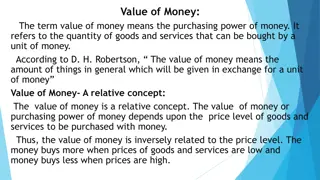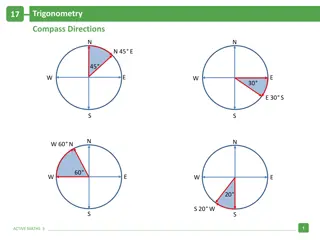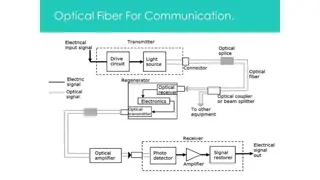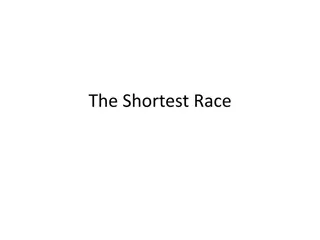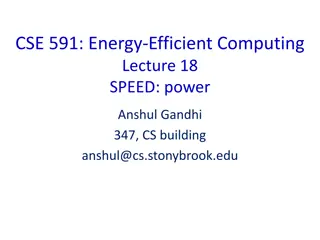The Elements of Art and Value in Drawing
This content explores the importance of value in art, discussing how light and dark affect objects, create contrast, form, texture, and variety in art pieces. It also delves into techniques and tools like graphite, charcoal, shading, and different pencils to create varying tones and effects in drawings.
Download Presentation

Please find below an Image/Link to download the presentation.
The content on the website is provided AS IS for your information and personal use only. It may not be sold, licensed, or shared on other websites without obtaining consent from the author.If you encounter any issues during the download, it is possible that the publisher has removed the file from their server.
You are allowed to download the files provided on this website for personal or commercial use, subject to the condition that they are used lawfully. All files are the property of their respective owners.
The content on the website is provided AS IS for your information and personal use only. It may not be sold, licensed, or shared on other websites without obtaining consent from the author.
E N D
Presentation Transcript
Value What is value? Value is how light or dark an object is (or appears to be) Value makes objects appear 3-D when they are truly 2-D (flat)
Create CONTRAST the difference between light and dark Create FORM the illusion of 3D shapes Create TEXTURE the surface quality of an object Create VARIATION using different values to create interest in an art piece; variation in value helps set the mood of the piece
Value Creating Contrast The light hands next to the dark background creates contrast
Value Creating Form Value creates the sense of eggs on otherwise flat paper
Value Creating Texture Value creates the cat s fur
Value Creating Variety The use of different values in the same drawing creates variety
Value scales are named by how many boxes there are One of the most common ways to learn about value is to make a value scale Below is a six-part value scale
GRAPHITE CHARCOAL Charcoal Pencil Vine Charcoal CONTE CRAYON INK PENS Illustration (mm) Pen & Ink (India Ink) TORTILLION/ STUMP (ESTOMPE) ERASERS Rubber (Pink Pearl) Gum Art Eraser Kneaded Eraser White Vinyl Eraser GRAPHITE RANGES: 6H, 4H, 2H, F, HB B, 2B, 4B, 6B
SHADING Use the side of your pencil and a tortillion/blender to bring a range of tones to a drawing
HATCHING Distinct parallel lines close or far in distance to one another to mimic shading Not scribbling, precise and intentional
CROSS-HATCHING Distinct parallel lines and a second set of lines overlapping to create further value Usually on a diagonal
STIPPLING Small dots close together to form dark value and further in distance to create light value Methodical not random points
When drawing, its important to make sure your shading follows the form If your shading doesn t follow the form, it will visually flatten what you worked so hard to make appear 3D
Use a new paper in your sketchbook, a ruler, and a H pencil Create 3 rectangles that are 2 x 8 each 2 wide 8 long
Use the ruler to divide the box into 1 compartments (You ll have 8) 1) Hatching (watch demonstration) 2) Shading 3) Grey Scales (paper)
Starting with the second box of your top strip, create the lightest value you can I recommend going SLOWLY and using your 4H pencil Make it close to white, but a little darker Like this!
Continue this process for each square, making it a little darker than the one before it Your last square should be as dark as you can make it, without pushing hard Don t push so hard you make it shiny or break your pencil, rip your paper, etc.








